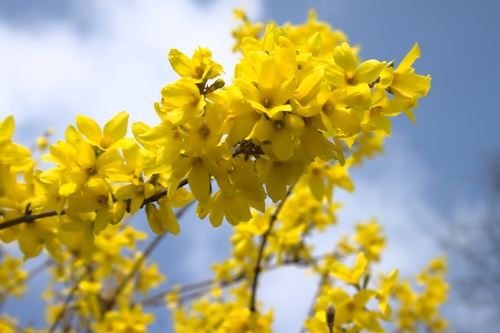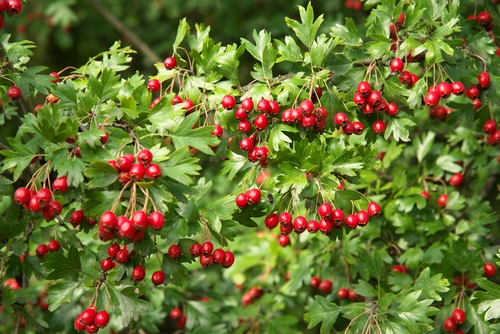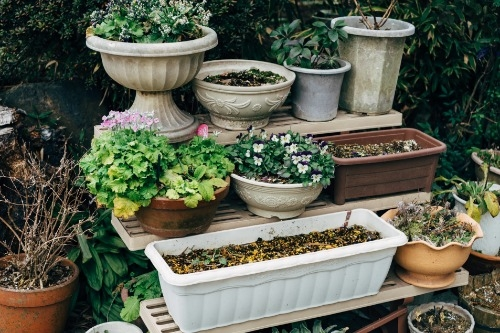
When you’ve spent long hours creating your perfect lawn, the last thing you want to see is a whacking great molehill spoiling your handiwork. So to help, here’s the lowdown on garden moles and what to do about them.
All about moles
Moles live underground, eating insects, worms and grubs. They can eat their own body weight in worms every day, which is good news if they’re eating harmful grubs, but less good when they’re munching away on your earthworms.
Moles aren’t completely blind, but they do have very poor vision, using motion detection and scent instead to navigate and locate prey. They tunnel through the ground to make burrows and find food, and molehills are the result of all this digging. Moles don’t eat plant roots, but they can damage them when tunnelling through beds.
How to get rid of moles
The first thing to decide when you see signs of moles in your garden is whether you do actually need to get rid of them. Moles are very territorial, and they generally live alone except during the mating season, so unless you have a very large garden, any damage you see is likely to be caused by just one mole.
Moles eat the grubs of many garden pests, and they also help to aerate the soil by digging, so they’re not all bad. Plus, molehill soil mixed with horticultural sand makes fabulous potting compost.
However, if you do want to get rid of moles in your garden, here are a few options to try.
- Install mole traps. This is the most effective solution, but the traps must be installed correctly to ensure that the moles are killed instantly, so it’s best to call in a professional for this.
- Use sonic mole repellant devices. These make a buzzing noise, inaudible to us but sufficient to repel moles. If you have a large garden, you may need to use several devices.
- Water your lawn less frequently. This makes the soil harder to tunnel through and reduces the number of worms in it, making it less attractive to moles.
- To protect a new lawn, put down mole netting before laying new turf. This stops moles coming to the surface and creating molehills.
Plants that repel moles
There are a few plants that are said to repel moles. While planting them probably won’t solve your mole problem completely, it may help when used together with one or more of the other tips above. Plants to try include:
- Daffodils
- Marigolds
- Alliums
- Caper spurge (Euphorbia lathyris), also known as mole plant. Use with caution, as it self-seeds liberally. As with all euphorbias, the sap is toxic and a skin irritant, so always wear gloves when handling it.
If you need more advice on moles or other garden pests, why not visit your local garden centre? Our friendly staff will be happy to help with all your gardening questions.






